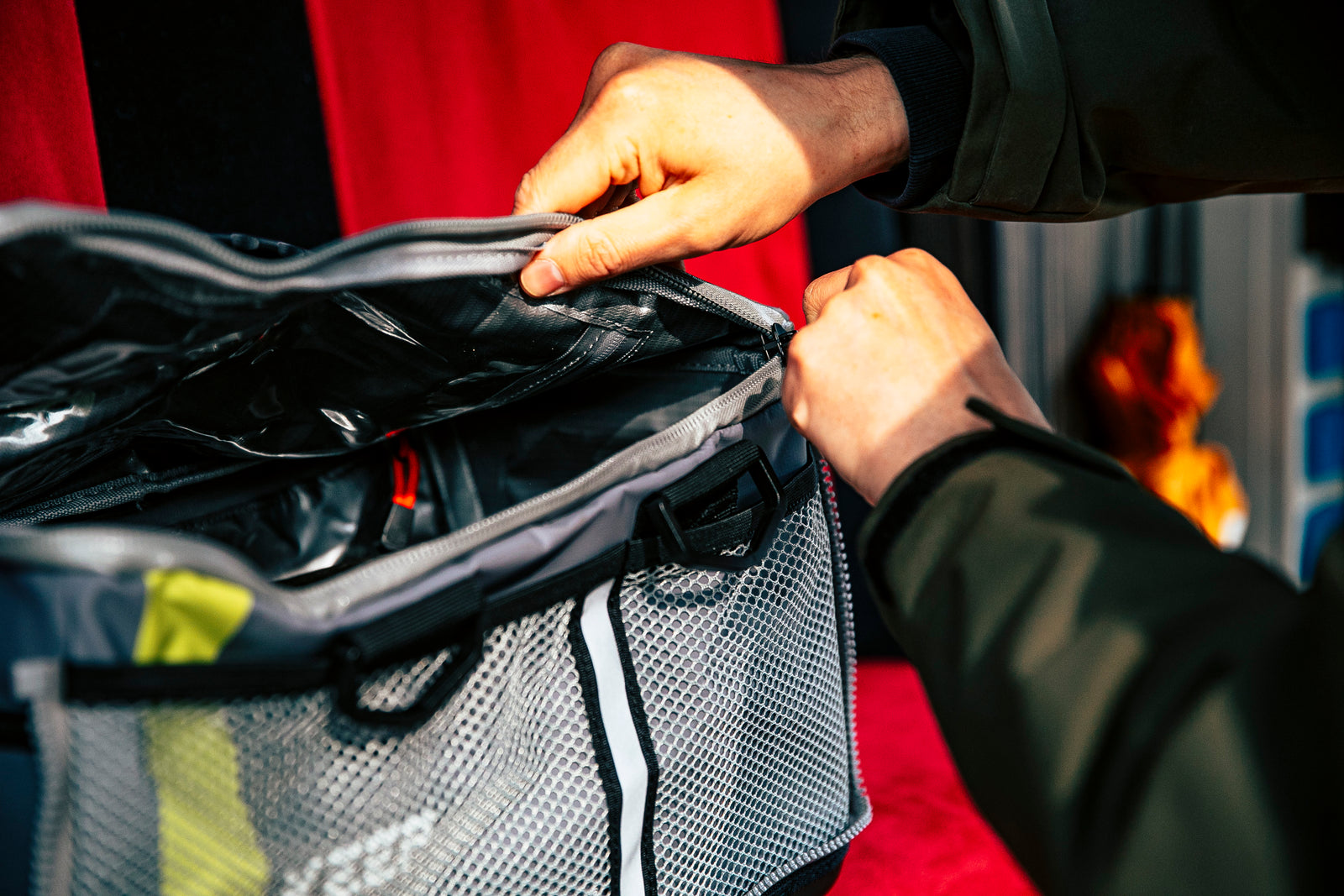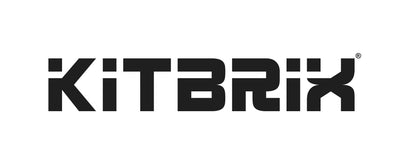
How I Balance Work and Triathlon Training
February 24, 2020 6 min read
Written by Yannis Christodoulou, an experienced multi-sport athlete, winner of the National Aquathlon Championships and the European Aquathlon Championships.
Scheduling training around your daily life commitments can be hard for a number of reasons, such as family engagements, working hours and so on. For me, it is very difficult because not only do I have a full time job and therefore work 5 days a week, I have to do all my training after work and around spending time with my wife, family and friends which is very tough. So I decided to write a blog post aiming to help you structure your training plan, combining my knowledge as a running coach and my experience from being coached.
I sit down and look at a three to six week plan with the addition of an easier 4th/7th week that incorporates more rest. My plan is also my diary, so before I schedule any training I first write down all my commitments for that 7 week period so I can work around those.
With any plan you don’t want to go straight into hard training, so all my training starts off at my baseline and increases weekly for three weeks. The following three weeks I just maintain my training. Then, for the 7th week it’s an easier week with less reps and duration of training etc. In peak season I may change my plan to a three to four week plan, working around my races and getting plenty of recovery. Could this work for you? My advice here is that it’s important you get the right balance for you.
My Schedule
This schedule can be adapted depending on your goals. For instance, I’m training for triathlons and need to train in 3 disciplines: running, cycling and swimming. I also put 2 strength sessions into a week to prevent injuries and make me stronger. For me I need to fit in the following each week:
3-4 Runs
3-4 Swims
4 Bike sessions
2 Strength sessions
If I am struggling to fit in a session as my day hasn’t gone to plan, then I will try and reschedule it. If one day you’re struggling to follow your plan, try going out with the time you have, a short session is still better than nothing – but remember rest and recovery is key. Numerous research papers show that having a week off from training doesn’t do too much to your fitness but after that your fitness declines quickly. So as you can see, I spend a lot of time training. I am looking at decreasing my running and swimming over the course of the year to focus more on the bike and improve in this area.
So I take my key sessions from each area and plot them on my plan. My key running sessions include one speed session and one long run. This is very similar to swimming, focusing on an aerobic speed session and one drill session. Once I have worked out my key sessions, I make sure that my hard sessions are followed up by easy sessions. I never have hard sessions together. Once I have prioritised these, I’ll schedule in other sessions. I always make sure that I get one day full rest a week and two for my recovery week. So hard days are hard and easy days are very easy and rest days mean rest and no exercise.
Sounds easy right? Well, then you need to figure out what you actually want to achieve in each session. For example, there is no point me putting in four easy runs if I want to get faster. Once you have the basis of the plan you can then ask yourself what your end goal is. Just because it is in the plan, doesn’t necessarily mean you need to do it because life does get in the way. If you are planning for a marathon you will want to do longer speed reps than if you were running a 5km. For example at least two of my runs I run at 60% my heart rate max. The reason I run these is that it has been proven that running at a slower pace on your long runs increases your endurance and improves your efficiently which in time will make you faster. When running at this pace you’re also teaching your body to burn fat more than carbohydrates, which is a much better energy source to use. By doing these runs at this pace you also make your body recover quicker, so you can be ready to go again the next day for those hard sessions. For me, I used to find that I would go hard on my long runs and be very sore the next day, now with a slower pace my legs feel fresh the next day.
Remember that the plan may always need to change, so be prepared to change things up regularly. Just because it’s in the plan it doesn’t necessarily mean you need to do it because like I said before, life does get in the way.
With any plan make sure it’s aimed for your ultimate goal. It’s like a jigsaw puzzle with small goals making the parts and once you put it altogether it should reach your ultimate goal. I like to set high targets and sometimes may not be able to achieve them. But having high targets makes you work towards them and train hard to get to them. So for example, some of my mini goals for this year included improve swimming, improve running times, PB in certain races etc. My main targets for 2019 was defending my National Aquathlon Championships, getting on the podium at the European Aquathlon Championships and focusing more on Triathlons. So it’s very important to think ahead for the year and not just short term. When putting together your plan make sure you have small targets, followed by one big goal. So if you are planning a marathon, for example, your training will build up to it including races leading up to it. That leads me on to the next part...
Whatever your goal is you need to build the plan for this. Most importantly, if it’s leading to one race, I’d recommend that you find races that come in the lead up to it and use these as training runs. There can be a number of reasons why you chose races in your plan and these can be things like building up the race distance, experiencing the race atmosphere or maintaining your race pace within a competitive field.
Every session has a purpose, especially when your lifestyle leaves you with limited time. Make sure you know what you want to get out of every session. It might be as simple as running a mile and then next week increasing to two miles.
Finally, it is important to schedule a taper before your race so that you are fresh for race day. Tapering plays lots of mind games – phantom pains, questions such as “am I losing fitness?” etc. For a race such as the World Aquathlon Championships, personally, I will start bringing the following down over a course of weeks as it’s a big race for me. So for strength training the amount of sets I do gets reduced over a few weeks and on race week I don’t do a strength session at all. Running distance comes down but the intensity stays high. For example, if I normally do 6 x 1km reps I might do 4 with different paces. Long runs come down too. I do a similar thing for the bike and swimming. I don’t taper for every race but for my important races this is what I normally do. Again you have to find what works best for you.
Once you have done your plan you need to access it regularly and monitor if its working for you – whilst you’re testing things out, your plan will change a lot, so don’t feel like you have to stick to exactly what you’ve planned. You also need to assess yourself with tests during your plan – my plan will include a long run at the same heart rate and pace towards the end of my programme, so I can assess the data. I will do other assessments throughout too, this helps to gauge if the plan is effective in improving areas where I want to improve.
Most of all if I can’t fit training I just take ma day off, rest is key and don’t worry about missed sessions, but having a plan helps you more than not having one.
Leave a comment
Comments will be approved before showing up.

